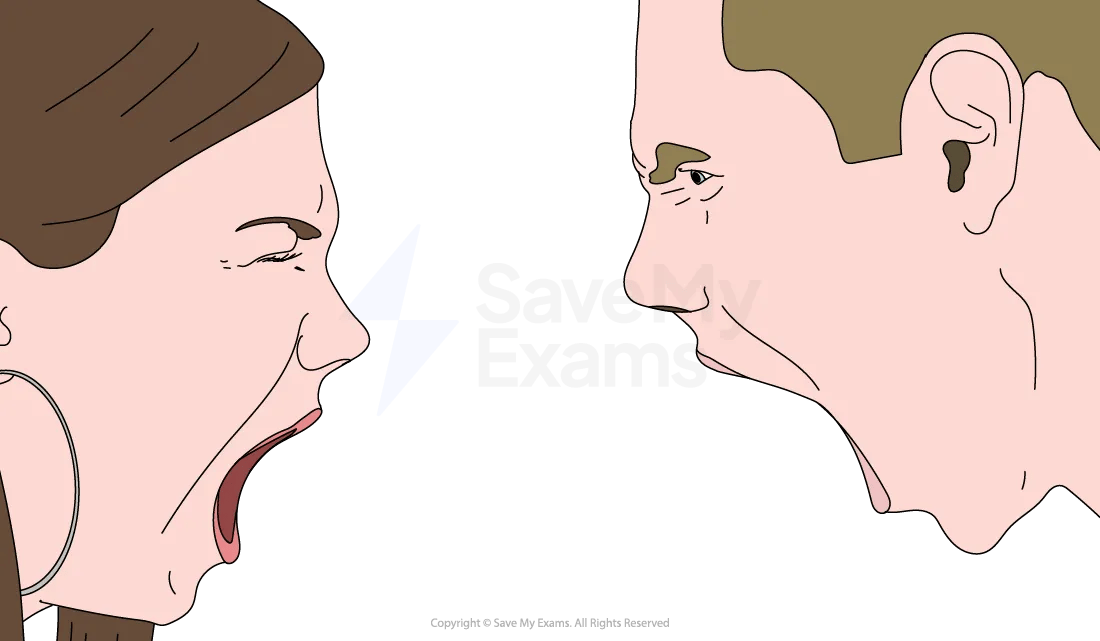Neural mechanisms in aggression
- The limbic system is the key structure/region in the brain that is associated with aggression
- The limbic system comprises brain regions and systems that have been widely studied and linked to emotional responses (aggression is a strong emotion marked by a heightened motivation to do harm to another person combined, sometimes, with a lack of fear for the consequences and, at times, for self-preservation)
- Specific brain regions/structures in the limbic system implicated in aggressive behaviour include the hypothalamus, the amygdala, the fornix and parts of the hippocampus

Limbic system structures that are implicated in aggressive behaviour.
- Withdrawal from some drugs such as benzodiazepine has been associated with hostile and aggressive behaviour (Saxon et al. 2010) which could be explained by findings which suggest that benzodiazepine is linked to amygdala activity (Hodges et al. 1987)
- Serotonin is strongly implicated in the control of aggression as it has an inhibitory effect on impulsive behaviour, particularly with regard to the functioning of the prefrontal cortex
- Invivo-molecular neuroimaging research has found that there are associations between impulsive aggression and low serotonin and MAOA levels (Cunha-Bang & Knudsen 2021)
Research which investigates neural mechanisms in aggression
- Farah et al. (2018) - MRI scans revealed that males with alexithymia who also had increased grey matter in their right hemisphere amygdala were more likely to show reactive aggression which could be triggered by their own low/negative mood
- Brunner et al (1993) - males from one family with a dysfunctional MAOA gene (which regulates serotonin production) showed high levels of aggression

Could aggression really be explained neurochemically?

